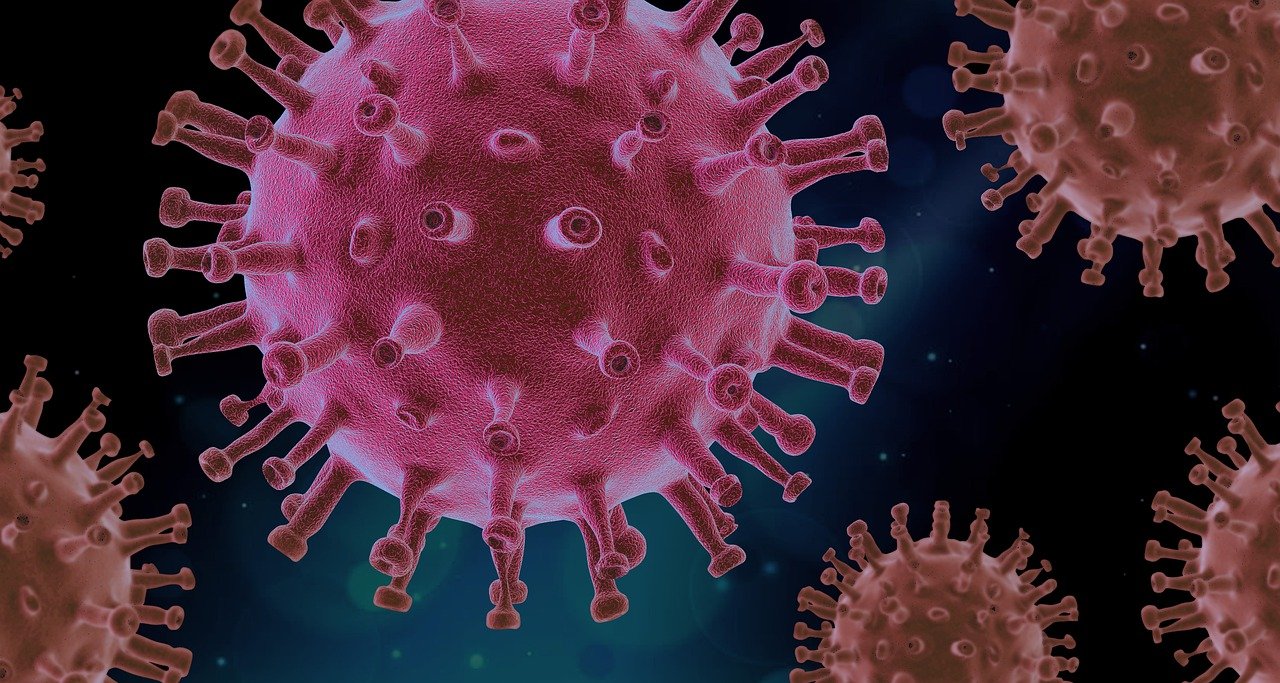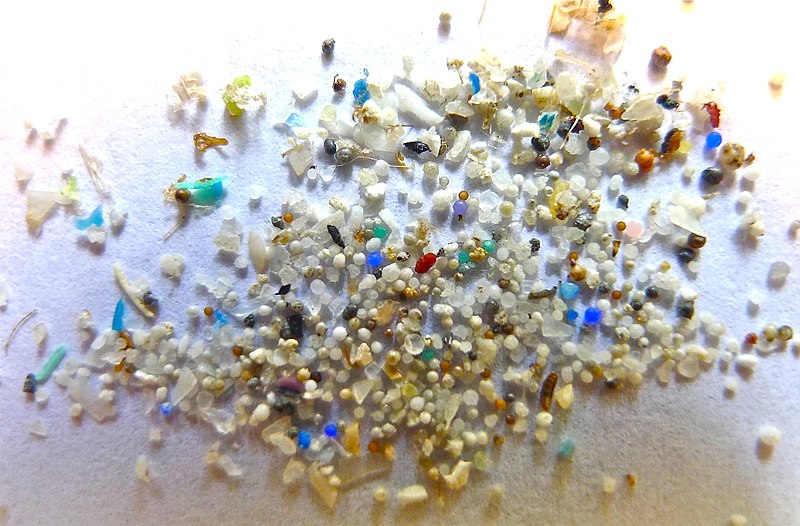We all know viruses to be submicroscopic infectious agent that replicates only inside the living cells of an organism. These are known to infect all life forms, from animals and plants to microorganisms. But now researcher John DeLong and his colleagues at the University of Nebraska-Lincoln have discovered some animals that eat certain viruses. and use them for food and energy.
In this new research, researchers discovered a species of microbe called Halteria, which consumes a sizable number of infectious chloroviruses. These microscopic ciliates live in freshwater ecosystems and were found to survive on a diet of viruses alone. The researchers called them “virovory.” Researchers found that these microbes can consume thousands, even a million particles of chloroviruses in a single day.
DeLong suspects that some microbes could use viruses for food and energy.
“They’re made up of really good stuff: nucleic acids, a lot of nitrogen and phosphorous,” said DeLong. “Everything should want to eat them. So many things will eat anything they can get ahold of. Surely something would have learned how to eat these really good raw materials.”
To test the hypothesis, he did a simple experiment. He added chlorovirus, (a freshwater inhabitant that infects green algae) to droplets of water that contained microbes from the pond. After two days, he found there were 100 times fewer viruses. Halteria cells that had an access to chlorovirus were found to be about 15 percent larger. However, Halteria that had no access to chlorovirus were of the same size.







